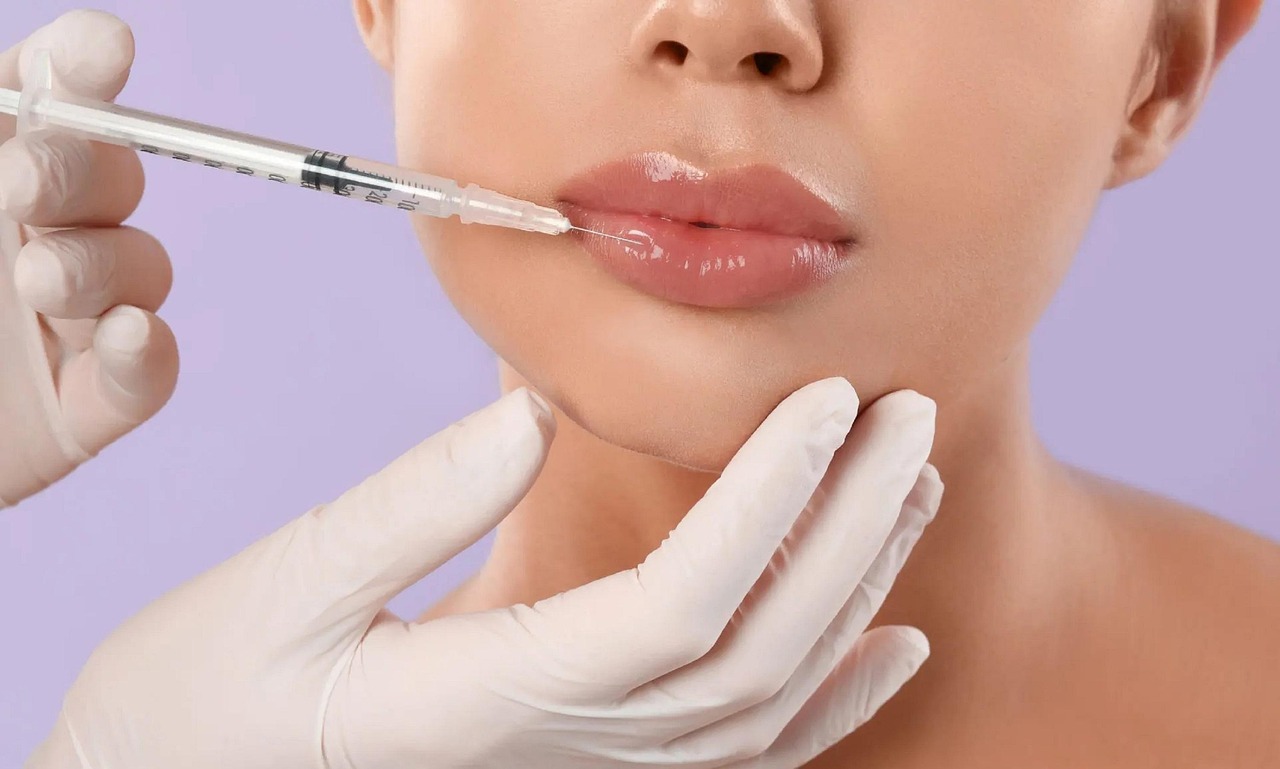Face Fillers for Natural-Looking Skin: Beauty & Aging Guide
Dermal face fillers have become a widely used option for women seeking to restore volume, soften lines, and enhance facial contours without surgery. This article explains what fillers can realistically do, how they interact with skin and aging, and what to expect in terms of results, risks, and maintenance. Read on to learn how to weigh the benefits and limitations while keeping beauty and naturalness in focus.

This article is for informational purposes only and should not be considered medical advice. Please consult a qualified healthcare professional for personalized guidance and treatment.
Face: What can fillers change?
Fillers are injectable gels placed beneath the skin to add volume, smooth folds, and refine facial contours. Common uses on the face include filling nasolabial folds, restoring midface volume (cheeks), defining the jawline, and augmenting lips. Many fillers are made from hyaluronic acid, a substance naturally found in the skin that attracts water and creates a plumping effect. Results are immediate for most treatments, though initial swelling can mask the final outcome for a week or two. Fillers are not a replacement for surgery when significant skin laxity or excessive sagging is present.
Woman: Who is a good candidate?
A good candidate is a woman (or any adult) in generally good health who seeks subtle restoration rather than dramatic change. Ideal candidates have realistic expectations: they want improved contours, softer lines, or modest volume restoration. Candidates should discuss medical history, allergies, pregnancy or breastfeeding status, bleeding disorders, and any medications or supplements that increase bleeding risk. People with active skin infections at the injection site or certain autoimmune conditions may be advised against treatment. A thorough consultation with a licensed injector clarifies goals and whether fillers are appropriate.
Skin: Preparation and aftercare tips
Preparing the skin and following aftercare helps minimize complications. Avoid blood-thinning medications and supplements (aspirin, NSAIDs, high-dose fish oil, vitamin E) only on the advice of your provider; do not stop prescribed medicines without guidance. On the day of treatment, arrive with clean skin and a clear medical history. After injections, expect mild swelling, redness, or bruising; these commonly resolve in several days to two weeks. Use gentle cleansing, avoid vigorous exercise and heat exposure for 24–48 hours, and follow any topical or oral care instructions provided. If persistent pain, worsening redness, or vision changes occur, seek immediate medical attention.
Beauty: Achieving natural results
Natural-looking beauty with fillers depends on conservative volume, attention to facial proportions, and skilled placement. Experienced injectors assess bone structure, skin thickness, and facial symmetry to create balanced results that enhance rather than alter identity. Layering small amounts over time often yields more harmonious outcomes than a single, large volume session. Combining fillers with other non-surgical treatments (like neuromodulators or skin resurfacing) can address dynamic lines and skin texture for a more complete rejuvenation. Clear communication about the desired level of change is essential to avoid overcorrection.
Aging: Longevity and maintenance
Longevity varies by filler type, placement, and individual metabolism. Hyaluronic acid fillers commonly last from several months up to around 18–24 months in some areas, while other filler types may have different durations. Over time, the body gradually breaks down filler material, so maintenance injections are typical to sustain results. As aging progresses, skin laxity and volume loss may continue; fillers address volume but do not stop intrinsic aging. Periodic reassessment with your provider helps adapt treatments to evolving needs and maintain natural proportions as the face changes.
Conclusion
Face fillers offer a minimally invasive way to address volume loss, refine features, and enhance facial beauty when performed by qualified professionals. For women considering treatment, careful candidate screening, conservative planning, and appropriate aftercare maximize safety and the likelihood of natural-looking results. Understanding what fillers can and cannot do—along with realistic expectations about longevity and maintenance—helps guide decisions that balance aesthetic goals and overall skin health.






